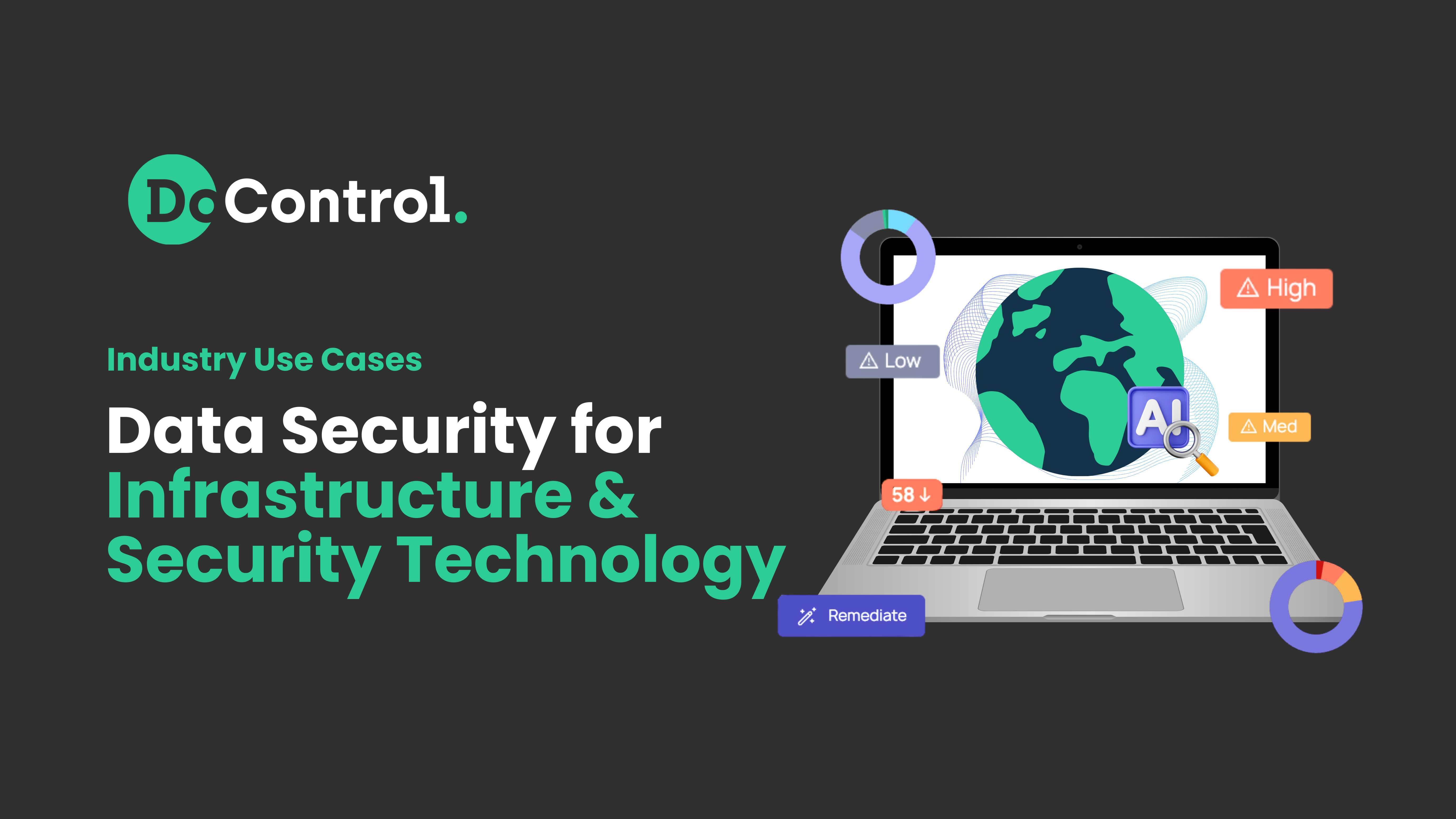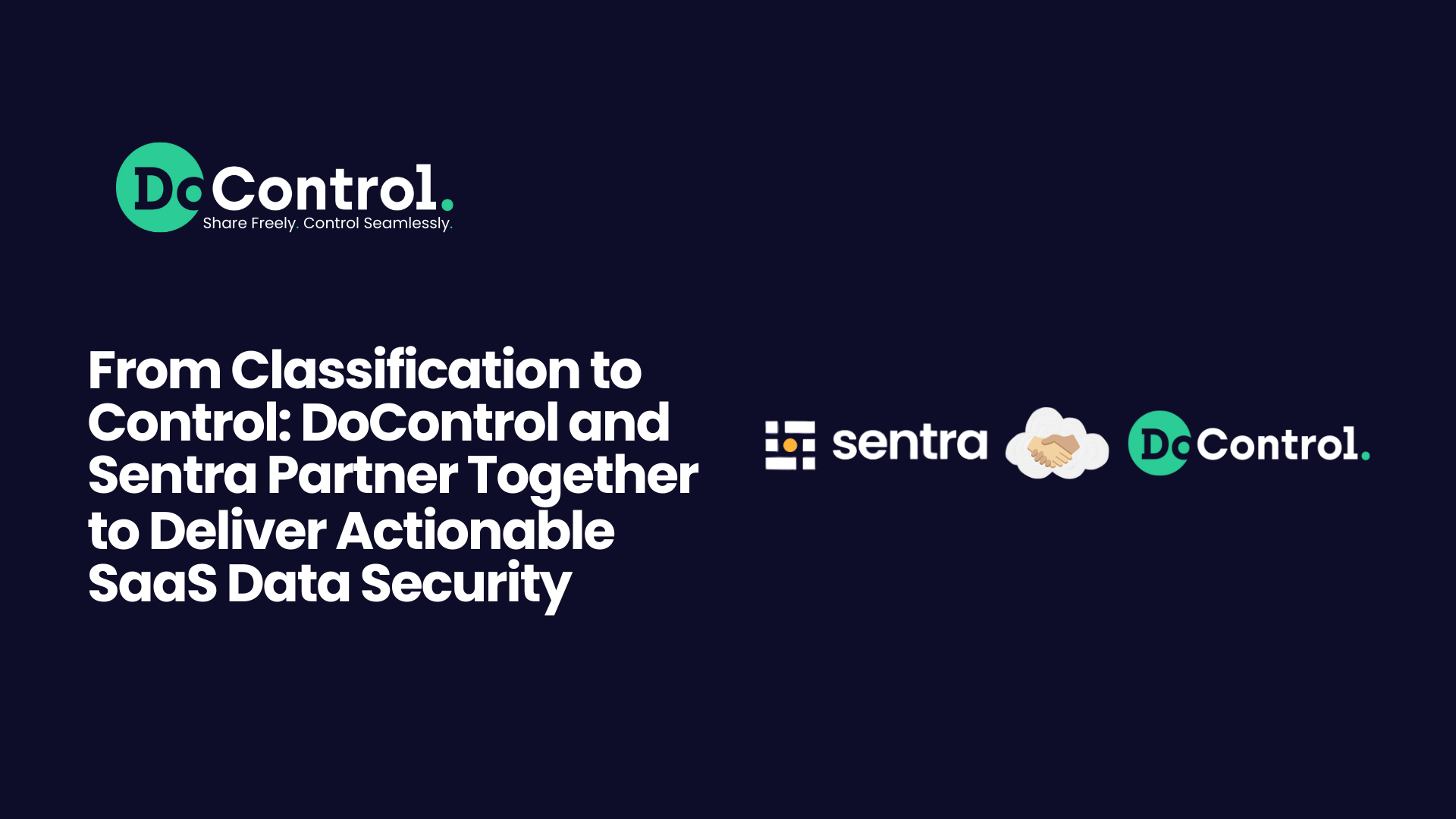
A Guide to SaaS Security
As a market, Software as a Service (SaaS) security is a continual evolution driven by the reliance of the technology (i.e. SaaS apps), the spike in regulatory compliance, targeted cyber attacks, and more. New threat models emerge on a regular cadence, security vendors are popping up left and right, and legacy providers have adjusted their offerings to address SaaS-oriented use cases. At some point there will likely be a vendor and tooling consolidation. History will tell us that niche players will either become enveloped into larger solutions offerings via strategic acquisition, or the bigger firms will organically develop a product suite to address many of the new and emerging threats tied to SaaS utilization at scale. Either way, SaaS security as a market is edging its way up to the other ‘as a service’ technologies in terms of importance and prioritization.
SaaS security providers manage a significant portion of cloud application security. They partner with businesses to ensure the SaaS services they are using to drive their business are being consumed in a secure manner. SaaS applications are now considered to be a Tier0 application. The list of business-critical applications continues to grow to include things such as management software, payroll processing software, invoicing, management information systems (MIS), development software, virtualization, accounting, collaboration, and content management, talent acquisition, DBMS software, enterprise resource planning (ERP), human resource management (HRM), management software, messaging software, customer relationship management (CRM), CAD software, development software, virtualization, accounting, collaboration, and content management – I told you the list was long!
The widespread use of SaaS applications has shifted the focus for attackers and nefarious characters. What is considered to now be a critical tool to drive business enablement, is quickly becoming a significant security threat. In this blog we will touch on what SaaS security is at the foundational level, challenges that face organizations leveraging SaaS services, as well as best practices to safely navigate your way through protecting your SaaS apps and cloud-hosted data.
What is SaaS Security?
SaaS security refers to the measures taken to protect data and applications that are delivered through a SaaS model. In this model, the software application is hosted and maintained by a third-party provider, and users access it over the internet. This means that the security of the application and the data it stores is not entirely under the control of the users, making it essential to have robust security measures in place (i.e. the shared responsibility model in the cloud).
SaaS security covers a broad range of areas, including data encryption, access control, authentication, and monitoring. Encryption ensures that the data stored in the SaaS application is protected from unauthorized access. Access control and authentication mechanisms help to ensure that only authorized users can access the data and applications, and that their access is limited to only what they need to perform their tasks.
SaaS security also involves monitoring the application and data for any signs of intrusion or suspicious activity. This can include monitoring for unauthorized access attempts, data exfiltration attempts, and other types of malicious activity.
To ensure the security of SaaS applications, providers implement a variety of security measures including intrusion detection and prevention systems, data backups, and disaster recovery plans. Additionally, SaaS providers typically undergo regular security audits and assessments to identify and address any vulnerabilities in their systems. Again, security in the cloud is a shared responsibility between providers and consumers.
SaaS security is critical for protecting sensitive data and ensuring the reliability and availability of SaaS applications – which in today’s world is a mission critical task! By implementing robust security measures, organizations leveraging SaaS tools can help to ensure that their users can access their applications and data securely and with confidence.
SaaS Security Challenges
Despite the numerous benefits of SaaS models, there are several security challenges that organizations become faced when adopting SaaS applications. One significant challenge is the lack of control over data and applications stored in the cloud. As data is stored and processed outside of the organization's premises, it becomes more challenging to monitor and manage access to sensitive information. This is a scalable problem!
Another challenge is the risk of data breaches and cyber attacks. As SaaS applications are accessed over the internet, they are susceptible to attacks such as distributed denial-of-service (DDoS), malware, and phishing. Attackers can exploit vulnerabilities in the SaaS application or use social engineering tactics to gain access to user credentials, leading to unauthorized access to data and applications.
Additionally, compliance and regulatory requirements can pose a challenge for organizations using SaaS applications. Compliance standards such as GDPR and HIPAA require organizations to ensure the confidentiality, integrity, and availability of sensitive data. Organizations must ensure that their SaaS providers comply with these regulations and standards to avoid potential fines and legal implications. They must ensure the way in which they leverage SaaS services is done in a compliant manner otherwise they face backlash from governing bodies.
Managing multiple SaaS applications can also be a challenge, as each application may have its security policies and procedures. Native security controls vary greatly, and the more apps you have, the more your security becomes decentralized if you rely on native tooling. Ensuring that these policies align with the organization's overall security strategy can be complex and time-consuming, leading to potential security gaps. Trying to enforce consistent policies across every SaaS application in a manual way is foolhardy and a terrible use of resources.
Finally, organizations must ensure that their employees are adequately trained on SaaS security best practices, such as using strong passwords, avoiding public Wi-Fi networks, and recognizing potential phishing attacks. Without proper training, employees may inadvertently compromise the security of SaaS applications and data. People are human and we all make mistakes!
These security challenges associated with SaaS utilization are a crucial consideration for organizations when adopting SaaS apps. By understanding these challenges and implementing appropriate security measures and policies, organizations can minimize the risks associated with SaaS applications and ensure the confidentiality, integrity, and availability of their data.
SaaS Security Best Practices
Organizations can implement various best practices to protect their data and applications delivered through SaaS models. The following are some of the best practices for SaaS security:
- It is essential to select a reputable SaaS provider that prioritizes security. Organizations should assess the provider's security policies, procedures, and certifications to ensure they comply with industry standards and regulatory requirements.
- Organizations should implement strong access controls and authentication mechanisms, such as multi-factor authentication (MFA), and granular access control policies. This can prevent unauthorized access and potential data breaches.
- Encrypting sensitive data is essential to protect it from unauthorized access. Organizations should ensure that all data transmitted to and from the SaaS application is encrypted, both at rest and in transit.
- Regular security assessments and audits can help identify and address any vulnerabilities in the SaaS application and the provider's infrastructure.
- Implementing employee training and awareness programs can help educate employees on SaaS security best practices, enforcing least privilege in terms of access to data and files, and recognizing potential phishing attacks.
Finally, organizations should have a comprehensive incident response plan in place to address any security incidents that may occur. This plan should include protocols for identifying, containing, and mitigating any security breaches.
Implementing these SaaS security best practices can help organizations protect their data and applications delivered through SaaS models. By working with reputable providers, as well as partnering with security providers to implement strong access controls and authentication mechanisms, encrypting sensitive data, conducting regular security assessments, providing employee training, having an incident response plan – the list goes on and on – organizations can mitigate the risks associated with SaaS applications and maintain the confidentiality, integrity, and availability of their data.
Conclusion
SaaS offers numerous benefits, including cost savings, scalability, and flexibility. However, it also presents several security challenges, such as lack of control over data and applications, cyber attacks, and compliance requirements. To mitigate these risks, organizations must implement SaaS security best practices such as selecting reputable providers, implementing strong access controls and authentication mechanisms, encrypting sensitive data, conducting regular security assessments, providing employee training, and having an incident response plan. By doing so, organizations can strengthen the security of their data and applications delivered through SaaS models. It is essential to stay updated on the latest SaaS security best practices, and partner with the right solutions providers to ensure that your organization's SaaS environment is secure and compliant with applicable regulations and standards.
If you’re interested in learning more about DoControl’s approach to SaaS security, request a demo today.
–
FAQS
Why is SaaS security important?
SaaS security is important because it helps organizations protect their data and applications delivered through SaaS models from unauthorized access, cyber attacks, and compliance violations. With the increasing adoption of SaaS applications, the risks associated with SaaS security are also on the rise. Implementing SaaS security best practices can help organizations minimize these risks and ensure the confidentiality, integrity, and availability of their data. Failure to implement adequate SaaS security measures can result in costly data breaches, regulatory fines, and reputational damage. Therefore, investing in SaaS security is critical for organizations that use SaaS applications.
Who is responsible for SaaS security?
Responsibility for SaaS security is shared between the organization and the SaaS provider. While the SaaS provider is responsible for securing their infrastructure and the SaaS application itself, the organization is responsible for ensuring the security of their data and access to the SaaS application. This includes implementing strong access controls and authentication mechanisms, encrypting sensitive data, conducting regular security assessments, providing employee training, and having an incident response plan. Ultimately, both the organization and the SaaS provider must work together to ensure the security of the SaaS environment.
How do you assess SaaS security?
Assessing SaaS security involves evaluating the security measures implemented by the SaaS provider and assessing how these measures align with the organization's security requirements. The following are some steps that can be taken to assess SaaS security:
- Evaluate the SaaS provider's security policies, procedures, and certifications to ensure they comply with industry standards and regulatory requirements.
- Assess the SaaS provider's infrastructure security measures, such as firewalls, intrusion detection and prevention systems, and data backups.
- Review the SaaS application's security features, such as access controls, encryption, and vulnerability management.
- Conduct penetration testing and vulnerability assessments to identify any security vulnerabilities in the SaaS application and the provider's infrastructure.
- Verify the SaaS provider's incident response plan and evaluate their response to previous security incidents.
By following these steps, organizations can gain a better understanding of the SaaS provider's security posture and make informed decisions about the suitability of the SaaS application for their needs.
Related Resources
- The SaaS Security Threat Landscape Report
- Top 10 Software as a Service (SaaS) Data Security Risks
- Automate and Scale Software as a Service (SaaS) Data Access Controls
- Data Access Control Use Cases for SaaS Applications
- IDC Analyst Report: Securing SaaS Applications: Extending Identity to Secure Data Across a Multitude of SaaS Applications
- Achieving a Zero Trust Data Access Security Model with DoControl



